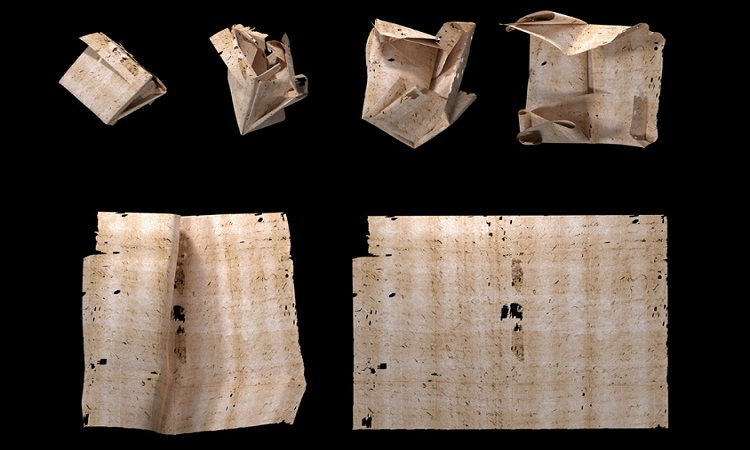Very often, old sealed documents cannot be opened without risking destroying their contents. In a recent publication, US researchers unveiled a new technology full of promise. It allows sealed letters to be opened by scanning them and subjecting them to analysis via an algorithm.
Read letters without even opening them
In a publication in the journal Nature Communications on March 2, 2021, a team from the Massachusetts Institute of Technology (MIT) told a story. One day in 1926, the museum in The Hague (Netherlands) received a strange trunk. It belonged to Simon and Marie de Brienne, postmasters for a communication network linking France and the Netherlands. The trunk in question contained thousands of letters which never reached their recipients. Among these letters were no less than 500 letters sealed using an old method of securing. This method of letterlocking that had appeared in the 12th century consisted of folding the paper in a certain way and affixing a stamp using a seal, therefore without an envelope. However, these letters were never opened because the risk of destroying their content was too great.
In their report, the MIT researchers claimed to have read four of these numerous letters. They achieved this feat without physically opening these same mails. In fact, they used an X-ray microtomography technique that scanned the letters and virtually unfolded them.
A very promising technology
In order to bypass security, American scientists used machines usually reserved for the field of dentistry (scanning teeth). The resulting scans were thus in very high definition. Then, an algorithm took over by integrating 2D and 3D reconstructions of the content of the letter and by “separating” each layer of the paper. Let’s mention the fact that the algorithm is freely accessible on the GitHub platform and has undergone rigorous training with the processing of more than 250,000 letters. This offered the possibility of systematizing all the techniques of “letterlocking” abundantly used in Europe during centuries.
Historians consider the ancient letters to be real time capsules. They provide often valuable information about the daily life of people with very different lives, if only through their profession. The technology in question could certainly spark new hope in many historians by enabling them to read and understand the past.
One of the four letters mentioned in the study dates from July 31, 1697. According to its contents, a certain Jacques Sennacques tries to get news from his cousin, a French merchant. He also asks her for the death certificate of an acquaintance they apparently had in common.




